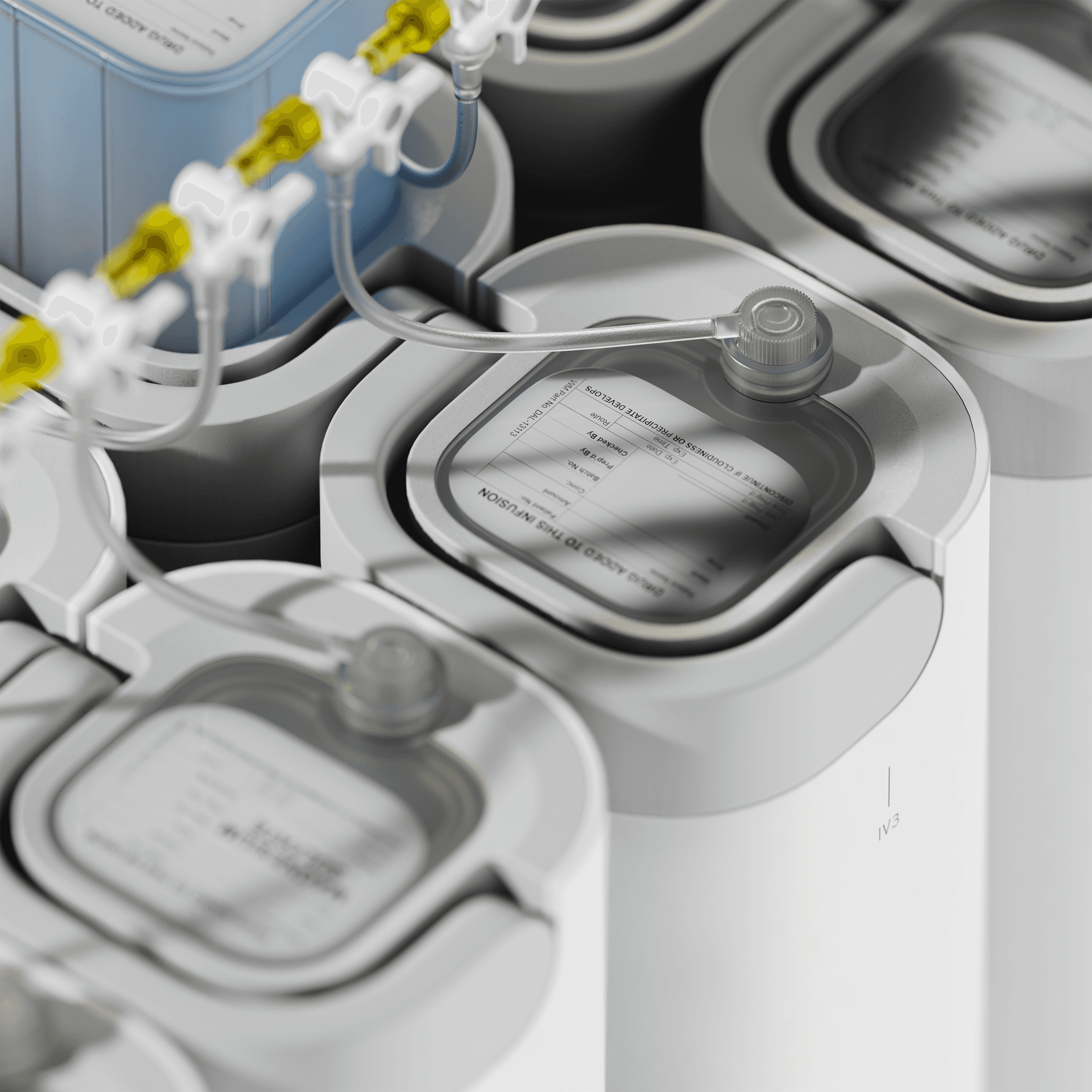Getinge Aora -
Getinge Aora -
Envisioning NICU
Envisioning NICU
Year
Year
2025
2025
Duration
Duration
10 Weeks
10 Weeks
Client
Client
Getinge
Getinge
University
University
Umea Institute of Design
Umea Institute of Design
Current systems are not supporting neonatal intensive care of preterm infants and thus lead to early and lasting separation of babies and parents. Despite the benefits, healthcare professionals struggle with current systems and workflows to facilitate close contact. Aora fosters zero-separation care, enhancing the well-being of premature babies and their parents while reducing inequality by ensuring equal access to their newborns. This hub offers an environment for the entire care journey by merging all essential devices into a modular incubator system. It reduces footprint, minimizes clutter, organizes tubes and cables, and streamlines infant handover for skin-to-skin contact.
Current systems are not supporting neonatal intensive care of preterm infants and thus lead to early and lasting separation of babies and parents. Despite the benefits, healthcare professionals struggle with current systems and workflows to facilitate close contact. Aora fosters zero-separation care, enhancing the well-being of premature babies and their parents while reducing inequality by ensuring equal access to their newborns. This hub offers an environment for the entire care journey by merging all essential devices into a modular incubator system. It reduces footprint, minimizes clutter, organizes tubes and cables, and streamlines infant handover for skin-to-skin contact.


Team: Joel Sjödin & Niklas Andreasen

Parental Access
Started 2021 by WHO promoting parents being welcome in the NICU 24/7.
Started 2021 by WHO promoting parents being welcome in the NICU 24/7.

Kangaroo Care
Vital skin-to-skin contact, is recommended for 8 to 24 hours daily.
Vital skin-to-skin contact, is recommended for 8 to 24 hours daily.

Family Wellbeing
Challenges to cohesively serve the baby‘s and mother‘s health care needs as a family unit.
Challenges to cohesively serve the baby‘s and mother‘s health care needs as a family unit.

“More than 900,000 newborns die each year from complications of preterm birth, making it the leading cause of death in children under five.”

“More than 900,000 newborns die each year from complications of preterm birth, making it the leading cause of death in children under five.”

Overcrowding of large devices in confined spaces.
Overcrowding of large devices in confined spaces.
Cluttered device and line/tube arrangements with missing organization.
Delicate and time-consuming skin-to-skin transfer process.
Delicate and time-consuming skin-to-skin transfer process.
Nurse dependent actions, limited overview and lack of parental reassurance.


In 2020, 13.4 million premature babies were born, with rates steadily rising due to maternal age and chronic health trends - 12% in the U.S. alone from 2014 to 2022. Care is vital as prematurity remains the leading cause of death in children‘s first years of life, with nearly one million children dying annually as a result of premature complications. Neonatal Intensive Care Units (NICU) provide short and long-term critical care for premature and critically ill newborns. WHO’s family-centered care and zero separation standards encourage hospitals to welcome parents 24/7 and provide vital skin-to-skin contact, proving to reduce infant mortality by 25% and enhance long-term outcomes.


Hands-free deactivation of alarms
Hands-free deactivation of alarms


Transfer from incubator to a skin-to-skin session
Transfer from incubator to a skin-to-skin session


Working ergonomics and easy access during a procedure


Easily changing the disposables


Working ergonomics and easy access during a procedure
Working ergonomics and easy access during a procedure


Easily changing the disposables
Easily changing the disposables


A Single Unit Setup
A Single Unit Setup
This hub provides a single, streamlined setup for the entire neonatal care journey by integrating essential devices into a modular incubator system. It minimizes footprint and clutter, organizes lines, and simplifies infant handover for skin-to-skin contact. With discreet monitoring capabilities and a transport-friendly design, it helps parents feel reassured and encourages earlier bonding with their baby.
This hub provides a single, streamlined setup for the entire neonatal care journey by integrating essential devices into a modular incubator system. It minimizes footprint and clutter, organizes lines, and simplifies infant handover for skin-to-skin contact. With discreet monitoring capabilities and a transport-friendly design, it helps parents feel reassured and encourages earlier bonding with their baby.




Designed with care
Designed with care
The interior is designed with the smallest and most fragile patients in mind, while also supporting staff and relatives. Its open, light-filled space provides generous room and clear visibility, making every care task easier and more comfortable. Lined with soft merino wool, it is gentle enough for the delicate skin of premature babies, which can be up to 60% thinner than that of full-term newborns. Every aspect is thoughtfully considered to enhance comfort, safety, and connection in the care environment.
The interior is designed with the smallest and most fragile patients in mind, while also supporting staff and relatives. Its open, light-filled space provides generous room and clear visibility, making every care task easier and more comfortable. Lined with soft merino wool, it is gentle enough for the delicate skin of premature babies, which can be up to 60% thinner than that of full-term newborns. Every aspect is thoughtfully considered to enhance comfort, safety, and connection in the care environment.
Self Sufficient System
Self Sufficient System
All lines, cables, and tubes are routed in a single, consistent direction, meeting at one clearly defined exit point. This streamlined layout keeps the internal structure neat and organized, reducing visual and physical clutter. By separating and securing each connection, it becomes easier to identify, trace, and service individual components. The design not only improves accessibility for maintenance but also helps prevent tangling, wear, and accidental disconnections. With clear pathways and no unnecessary overlaps, the workspace remains safe and free from obstructions.
All lines, cables, and tubes are routed in a single, consistent direction, meeting at one clearly defined exit point. This streamlined layout keeps the internal structure neat and organized, reducing visual and physical clutter. By separating and securing each connection, it becomes easier to identify, trace, and service individual components. The design not only improves accessibility for maintenance but also helps prevent tangling, wear, and accidental disconnections. With clear pathways and no unnecessary overlaps, the workspace remains safe and free from obstructions.
All lines, cables, and tubes are routed in a single, consistent direction, meeting at one clearly defined exit point. This streamlined layout keeps the internal structure neat and organized, reducing visual and physical clutter. By separating and securing each connection, it becomes easier to identify, trace, and service individual components. The design not only improves accessibility for maintenance but also helps prevent tangling, wear, and accidental disconnections. With clear pathways and no unnecessary overlaps, the workspace remains safe and free from obstructions.








The cable management features accessible and well-organized routing, with all tubes securely fixed inside the incubator to maintain a closed connection. These tubes can only be disconnected by opening the base lid, ensuring safety and protection. The incubator is firmly attached to the base using a bayonet locking mechanism, which can be engaged either through the arm handle or the base contact surface, providing a stable connection throughout use.
The cable management features accessible and well-organized routing, with all tubes securely fixed inside the incubator to maintain a closed connection. These tubes can only be disconnected by opening the base lid, ensuring safety and protection. The incubator is firmly attached to the base using a bayonet locking mechanism, which can be engaged either through the arm handle or the base contact surface, providing a stable connection throughout use.


PROCESS

AORA / Research / NICU Ward

AORA / Interviewing Johannes / the 4th secret team member
AORA / NICU Workspace

AORA / Simulating tubes & Cables / Process

AORA / Concept phase / Form Finding

AORA / Building 1:1 Prototype

The Man / The Myth / The Legend

AORA / Contact points / Cable managemnet

APD gang in Bilbao 2025
PROCESS

SLIDR / Interviewing Truck inspection police

SLIDR / Ideation workshop
SLIDR / 3D scanning Mattias for scale modelling
SLIDR / Filming the underside

SLIDR / Remote 1:1 prototype

SLIDR / Research / Current workspace

SLIDR / Final presentation day

SLIDR / Testing archetypes
SLIDR / in its prime ;)

JODANA / Interviewing Users

JODANA / Context visualisation

JODANA / Process
JODANA / Sketch Video

JODANA / Presentation day with Electrolux

After presentation
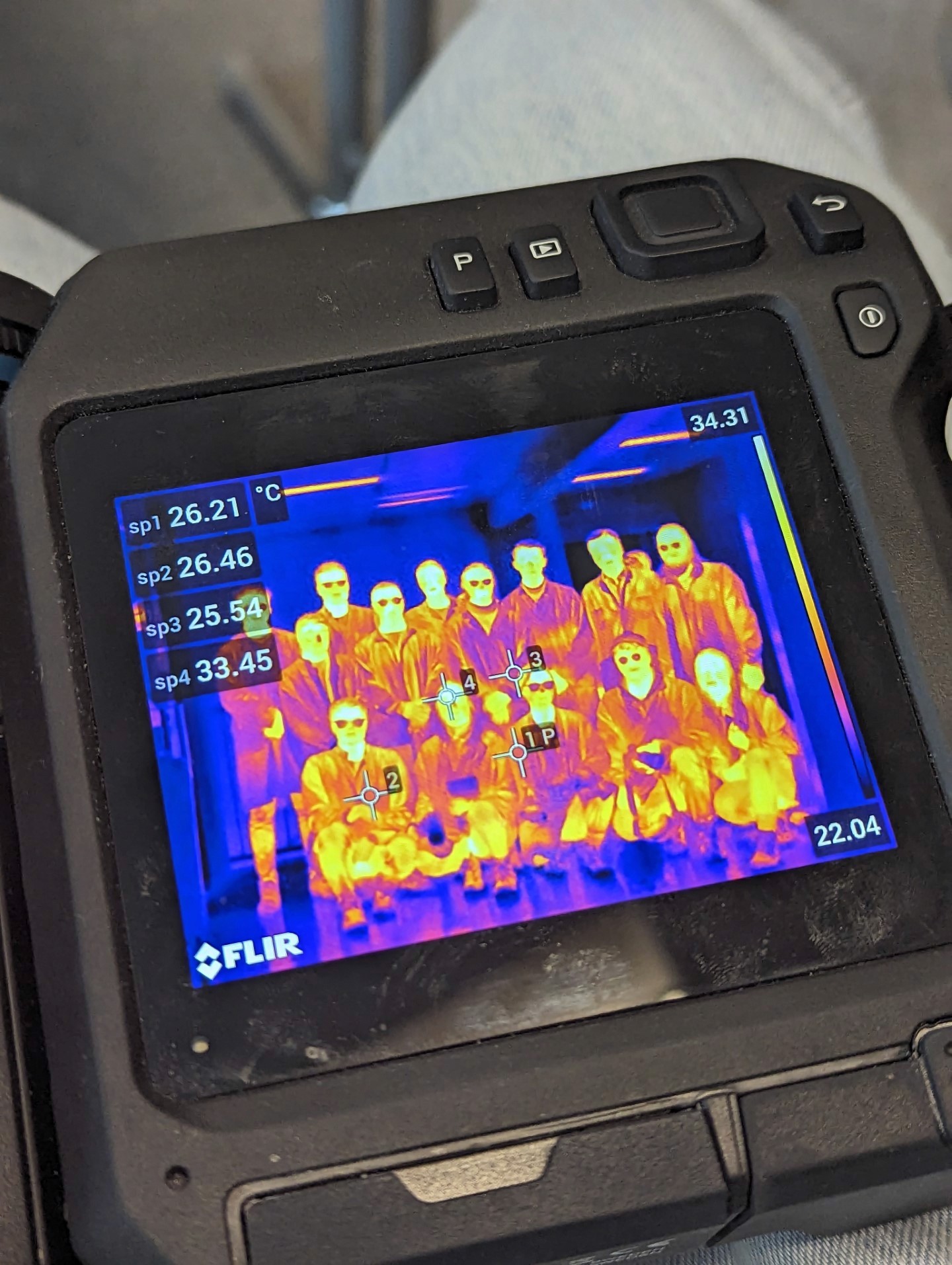
QMATIC/ Some cool gear from Flir
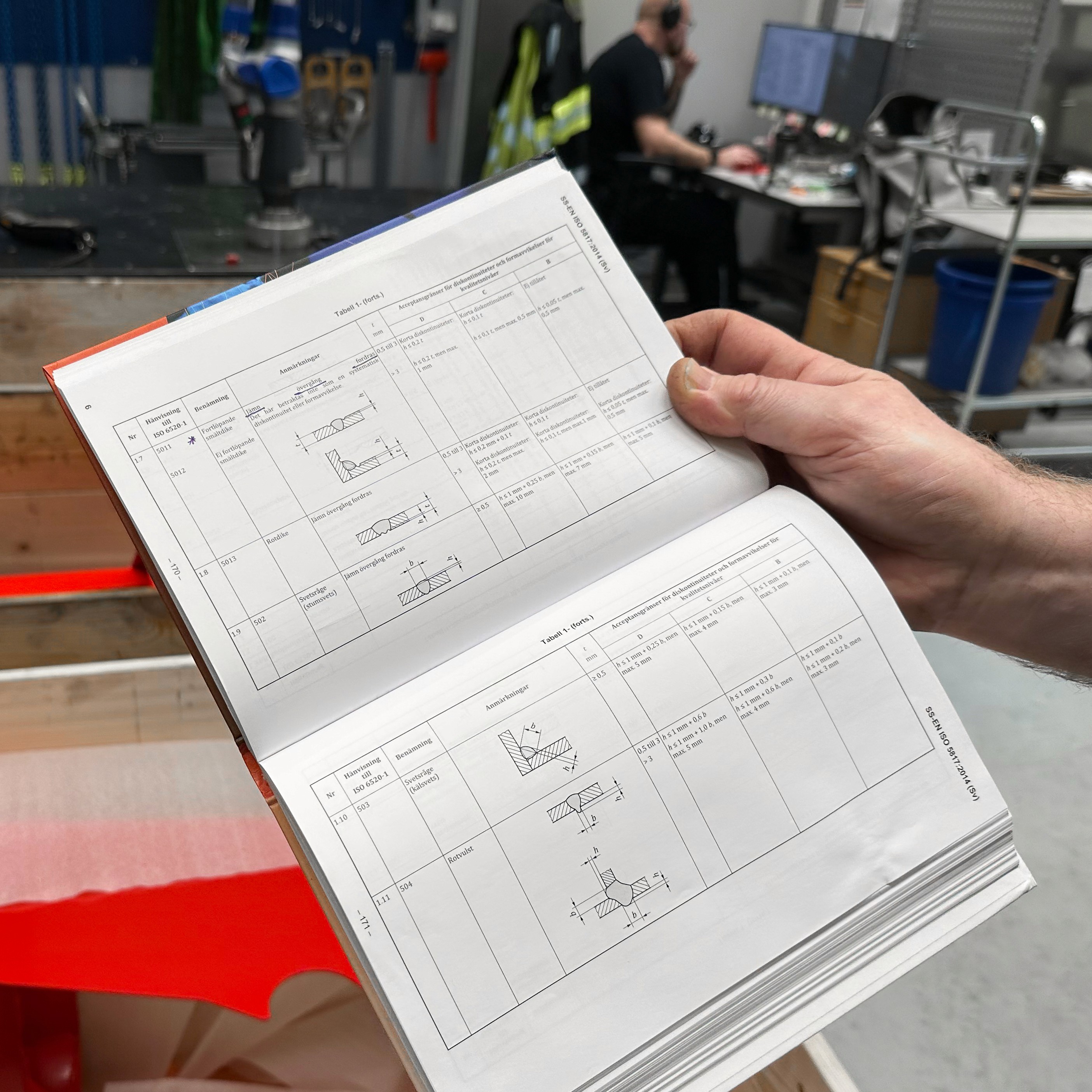
QMATIC / The welding guidance book
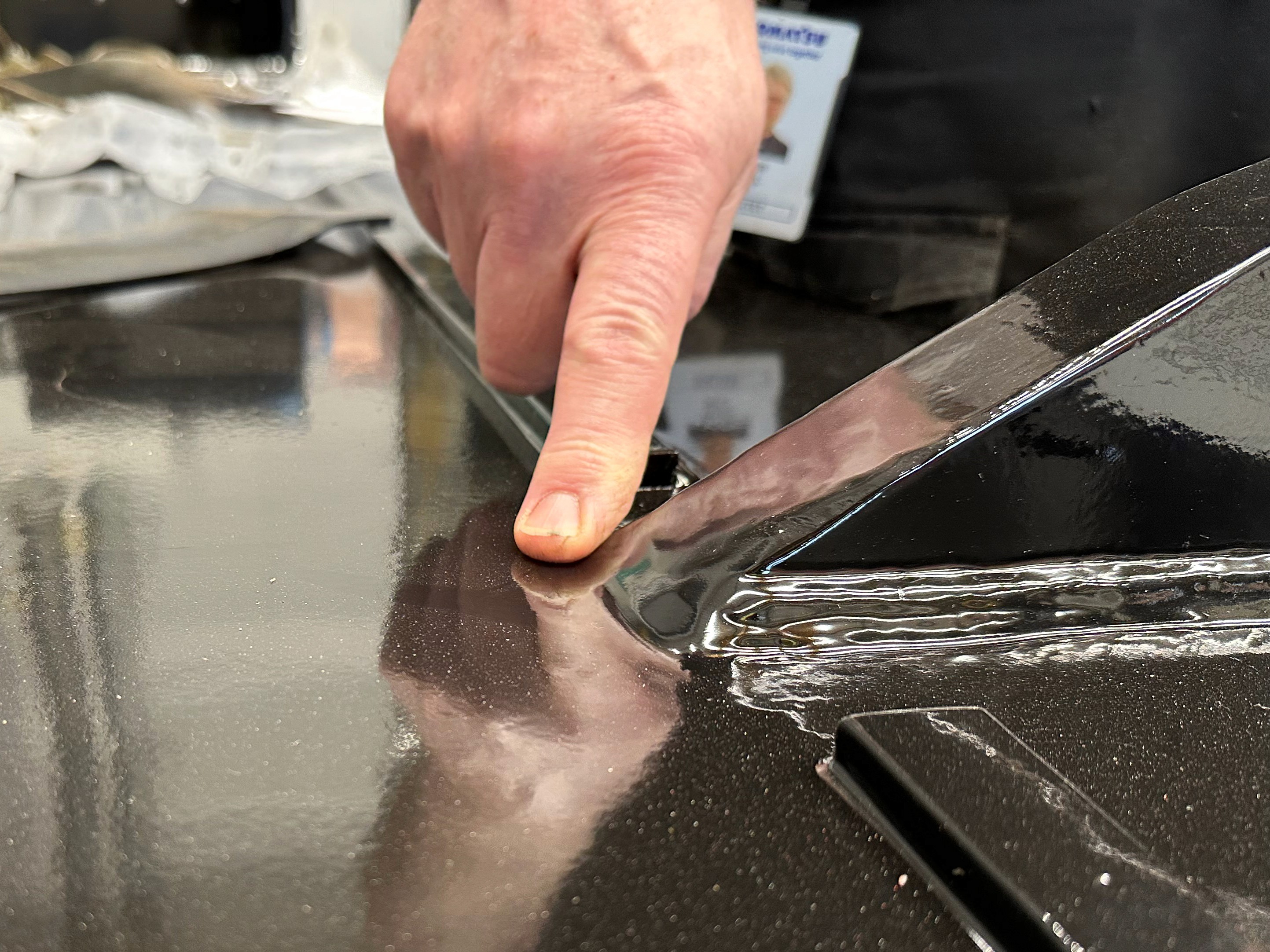
QMATIC / Traditional inspection practice
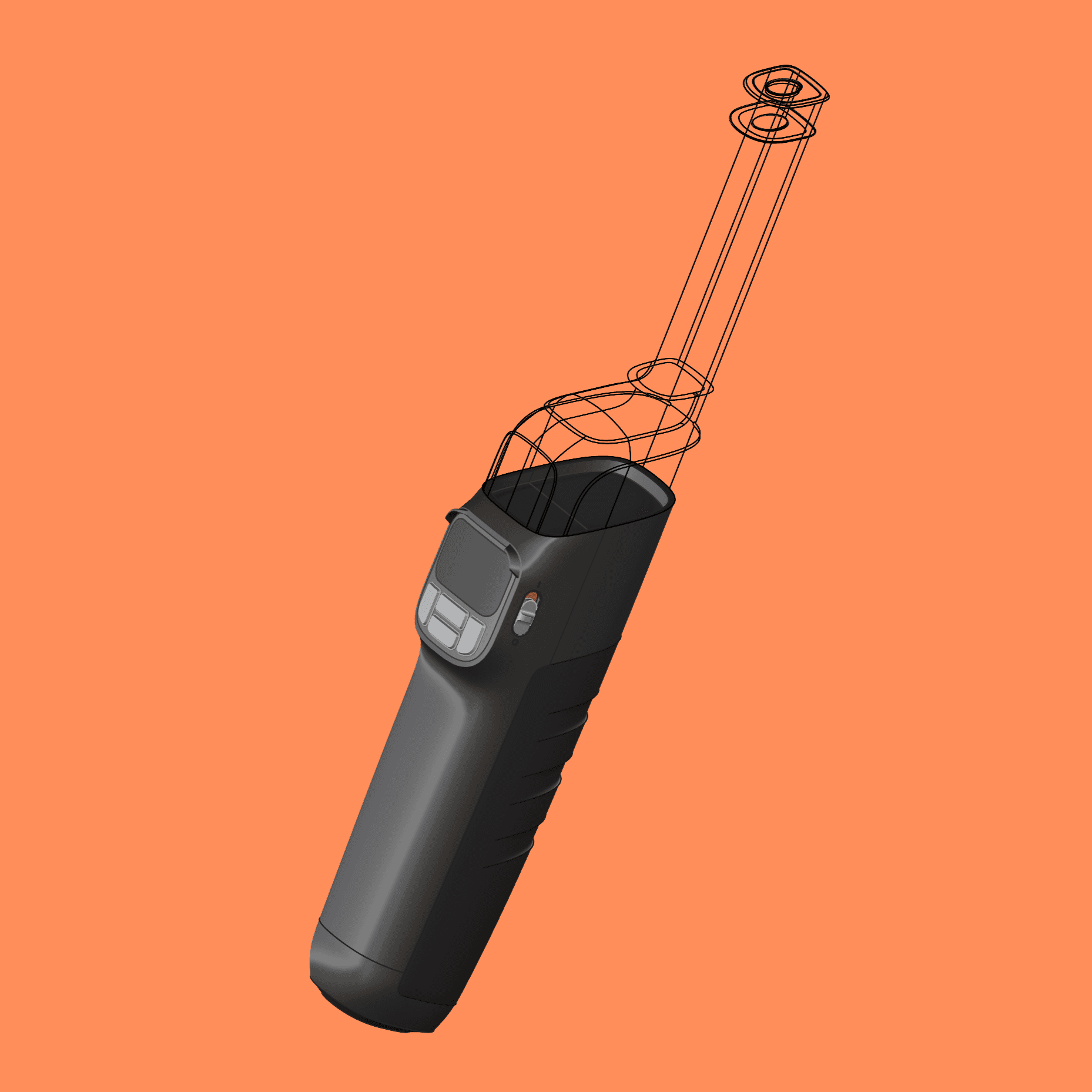
QMATIC / some recent CAD development

QMATIC / Form validation

QMATIC / Testing Prototypes

ALLIE / Late night sanding prototypes

ALLIE / Process / CMF variations
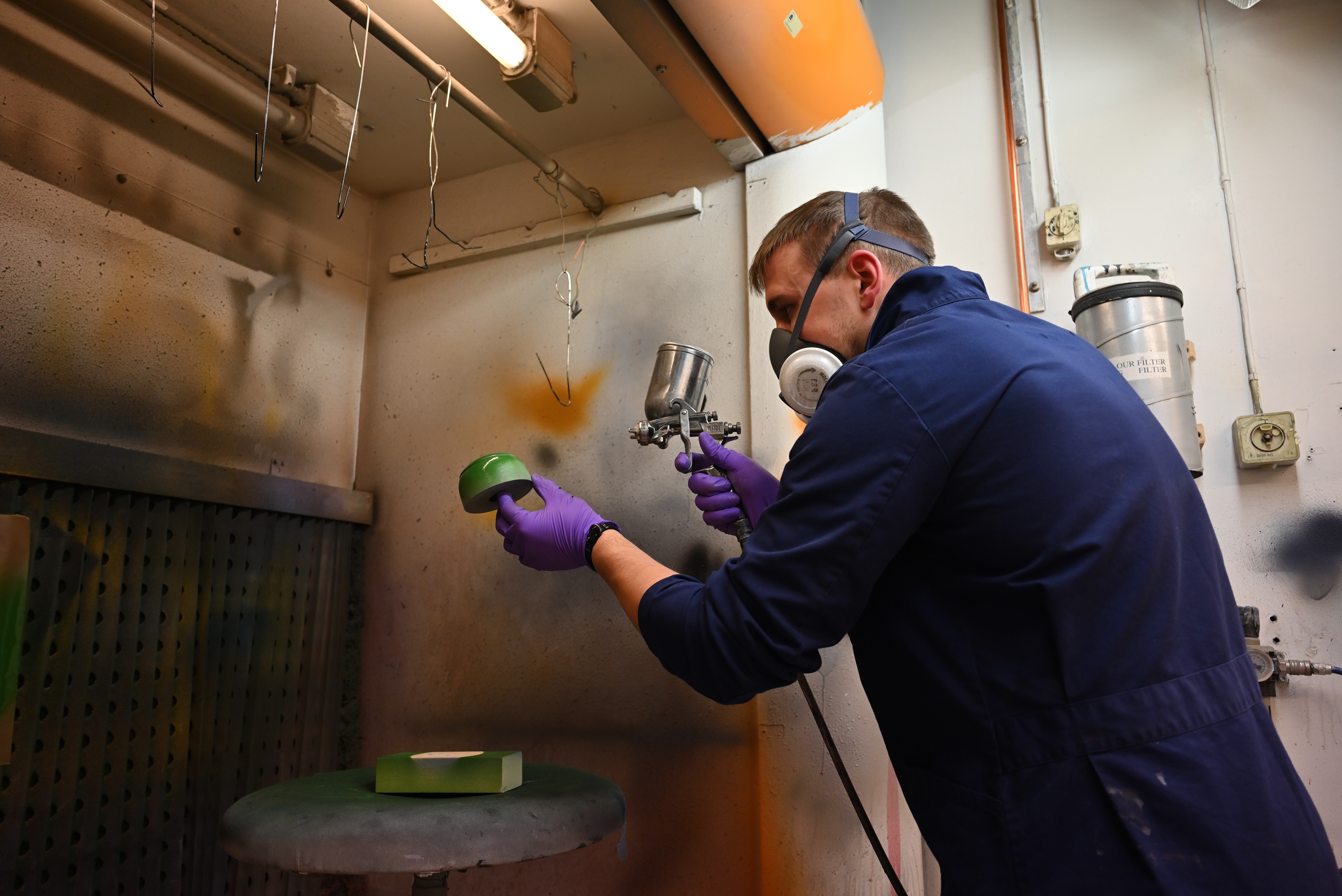
ALLIE / Process

ALLIE / Process / Prototyping

Last day before presentation / 4th attempt

Allie / Process / Filming day
Yash Saboo
Menu










